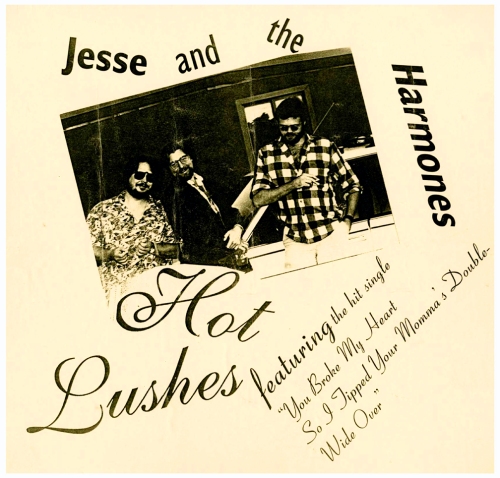The importance of “little magazines” to American publishing, to American literature, is vastly underrated.
Usually devoted to avant-garde, non-commercial content, and notoriously ephemeral, these periodicals showcase voices that otherwise might have been lost. In Bohemian New Orleans, Jeff Weddle tells the story of one such journal, the press that grew around it, and throws in a tantalizing profile of New Orleans in the 1960s.
In 1932, a failed jewelry heist in Cleveland, Ohio, sent John Edgar Webb to the penitentiary for three years. While in stir, he edited the prison newspaper and, after his release, wrote a novel about his experience that caught the attention of Norman Mailer and led to a brief flirtation with Hollywood. Jon and his wife Louise traveled around for some years, then settled in New Orleans, in the Vieux Carré, which was a Dixie Bohemia, a haven for free spirits, musicians, artists, and writers. In New Orleans, the Webbs lived and breathed art. Lou made a living selling watercolors in the infamous Pirate’s Alley, across the street from their apartment, and Jon worked as a freelance writer and editor.
But he was passionate about creating the kind of literary magazine that would attract poets, writers, and artists to invest in the publication. After a good deal of preliminary groundwork and networking and a year of production (it was typeset, collated, and bound in the Webbs’ tiny Royal Street apartment), the first issue of The Outsider—three thousand copies—came out in 1960.
The four issues of The Outsider appeared between 1961-1968. Each publication was hand-set, hand-cut, hand-sewn, and hand decorated. Distributed globally with the help of the B. Deboer distribution company and a network of contacts around the world, The Outsider gave a resounding voice to Beats, Black Mountain poets, Pacifists, and the Black Radicals. Its long list of contributors included writers such as Allen Ginsberg, William S. Burroughs, Jack Kerouac and Lawrence Ferlinghetti, Langston Hughes, and Kenneth Patchen.
The remaining Loujon catalog consists of Charles Bukowski’s It Catches My Heart in Its Hands (1963), Crucifix in a Deathhand (1964) and Henry Miller’s Order and Chaos chez Hans Reichel (1967) and Insomnia, or the Devil at Large (1970). Crucifix in a Deathhand was the last Loujon publication done in New Orleans. The Miller books and a final, double-issue Outsider (1968-69) were published in Tucson, Las Vegas, and Albuquerque, respectively. When Jon Webb died in Nashville in 1971, Lou was incapable of maintaining the intensive production work required for what one reviewer called, “The Rolls-Royce of little magazines.”
“The Webbs did their work with style, and people in the know understood that, while there were other good publishers, there really was no better small press operation in the country than Loujon,” Weddle says. Charles Bukowski said the magazine was “the cave of the gods and the cave of the devils … it was the place, it was in … it was literature jumping and screaming.”
Jeff Weddle provides us with a closer look at an extraordinary couple who made a powerful contribution to mid-century American literature. Bohemian New Orleans is a wonderful read, full of triumphs and intriguing possibilities. Those who enjoy this work (as I did) should also get Wayne Ewing’s film The Outsiders of New Orleans: Loujon Press.




